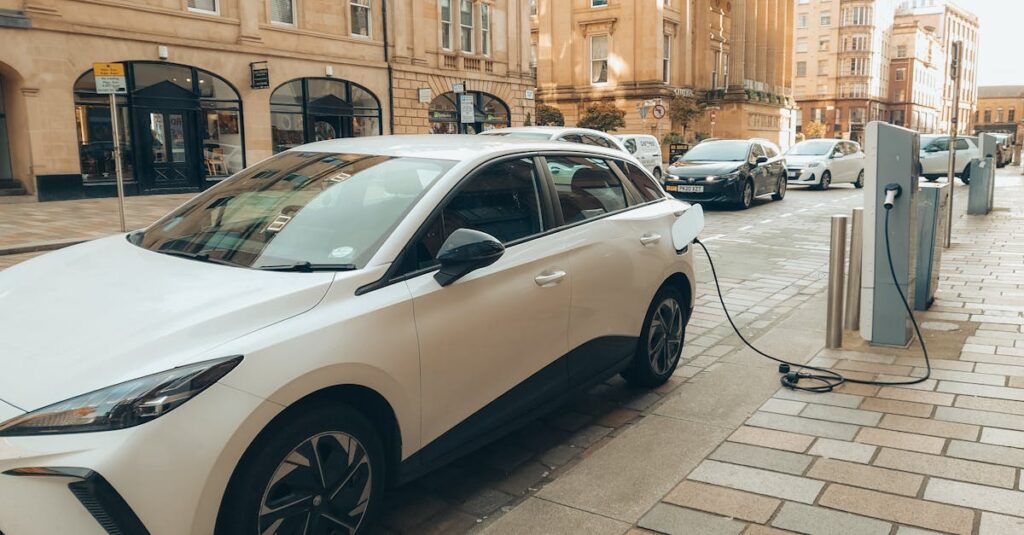By Richard Strock
In the previous article I discussed preparation of the EV and driver. This month I would like to discuss some tools that can help in planning an EV road trip and some possible pitfalls you may want to avoid.
The first is A Better Route Planner, or ABRP. It is designed specifically for EVs and runs on Apple, Microsoft and Android platforms. The basic version is free; there is a premium version that adds additional features. ABRP uses factors such as year, make, model, battery type, number of motors, etc. in calculating driving range. Items such as additional weight carried, type of charger(s) to be used, departing state-of-charge, and others that may impact range are also factored in. After entering your departure and destination locations, and any intermediate stops you plan to make, ABRP suggests specific charging stations with estimates of driving time, charging time, charging cost, along with other metrics. A table showing the details of the route can also be printed to help with pre-trip planning. Using ABRP is the first step in planning any trip we contemplate.
Another useful app is called PlugShare. It shows virtually every charge station in North America and runs on both Apple and Android platforms. We used this app to find a free charging station during our stay at Acadia National Park, our very first EV road trip. The app provides details about the type and number of stations installed, cost, nearby amenities, etc. It also has reviews posted by previous users, which can help identify unreliable chargers which you may want to avoid.
Another app we found quite useful when travelling the Interstate Highway System is iExit. It shows all the services available at every exit on all the Interstate highways in the U.S. It is quite valuable when one needs to make an unplanned pit stop. It operates in real-time, showing the distance from your present location to the exit or rest area where you may want to stop.
There are a couple of cautionary notes I want to mention. First, don’t assume a charging station is functional. During our recent trip through Arizona, we planned to travel to a more northerly Interstate through a desolate area via a US highway. When the route was entered into the Tesla travel planner, a message appeared warning that the lone Tesla Supercharger along the route was out-of-service. We then altered our route to avoid possibly running out of energy. When travelling through sparsely populated areas, it is wise to choose a route having multiple charging options.
Don’t try to second-guess your trip planner. When travelling west through Kansas, I thought I was smarter than the Tesla trip planner and did not stop at the charge station the trip planner suggested. The minute I passed the exit, a message appeared indicating I would need to charge before I reached my destination, the next Supercharger along the route. I failed to realize there was a 2,200-foot rise in elevation between the two charge stations, resulting in more energy consumption than I mentally calculated. This elevation rise was not visibly noticeable, but the trip planner knew it and calculated accordingly. We exited and backtracked to the original charge station. This was a valuable lesson!
I hope the information provided in these articles have alleviated some of the fears and uncertainty many have regarding extended EV road trips. With proper planning and preparation, there is little chance you will find yourself stuck in the middle of nowhere with a dead EV battery.
Bio tag: “Richard Strock is an electric vehicle advocate and has been a resident of Poolesville for 48 years.”

